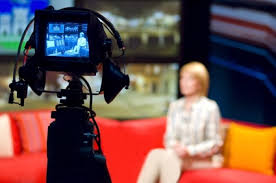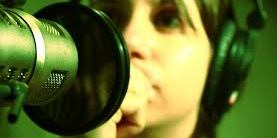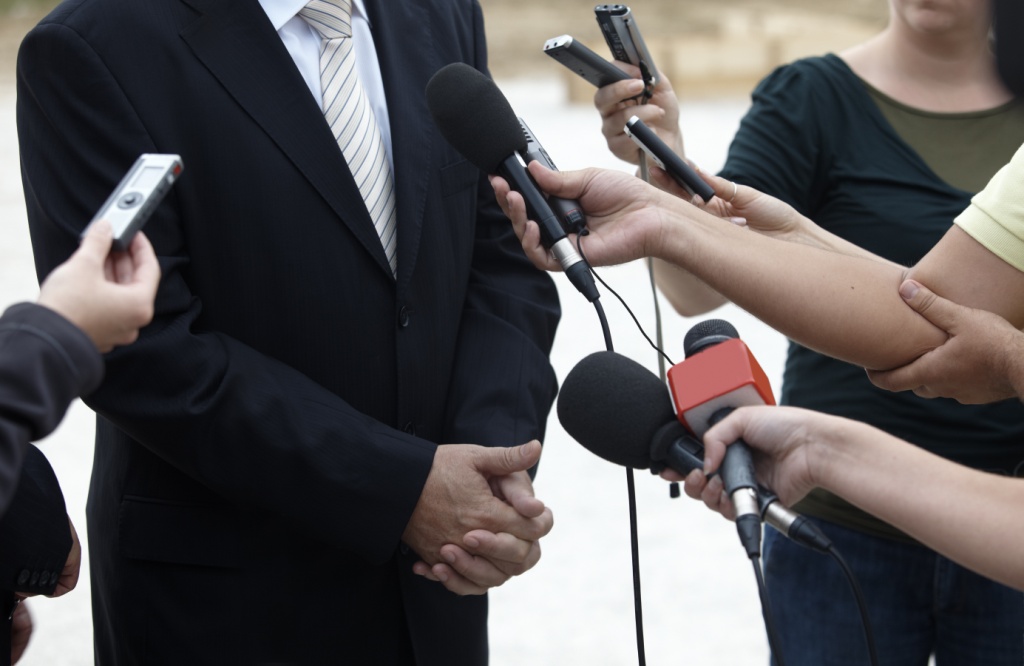Can Media Training Tips Help Success in Interviews?

So, you’ve been asked to do an interview with the media. Whether you’re due to appear on the radio, in print media or on the television, here you’ll find tips and advice from former journalist Fleur Revell on how to successfully manage a media interview.
Knowledge is power
First things first – before you actually agree to being interviewed, you need to feel comfortable about what will happen. Revell says make sure you know when it comes to where the interview will take place; for how long; the primary reason for the interview; any subject matter that could be potentially controversial; who the reporter interviewing you will be; who they work for and their target audiences.
Match Your Delivery to Your Medium
Once you’ve established the key need-to-knows surrounding your interview, you need to think about the medium in which you are going to be interviewed, says Revell. Each media outlet presents its own dynamic and own set of challenges and it is imperative to understand these before you are interviewed.
Live television is very different to a taped radio interview, as is a face-to-face interview with a print journalist.
Here’s a breakdown of the three key media outlets and how to prepare yourself for whichever one you’re facing…
How to Survive a Print Media Interview
An interview with print media will most likely take place either over the telephone or face-to-face.
For a telephone interview, three key pieces of advice include:
- Tone of voice – be convincing! Resist adopting a monotone and use inflection in your voice to maintain a sense of interest and persuasiveness. Don’t be afraid to pause either – it can add essential emphasis to the points you want to make.
- Get moving – fight the urge to sit in a comfy chair; stand up and move around the room. Not only will it help you speak more clearly as your posture will be improved, but you’ll also feel more uplifted and thereby create more energy and enthusiasm in your answers.
- Use your hands – while speaker phones are useful because you are essentially hands-free, they can also be problematic when it comes to being able to be heard clearly, creating a potentially negative situation for you as the interviewee being misheard, and therefore misquoted.
For a face-to-face interview, remember the following:
- Preparation – arrive prepared, with written materials where possible to support the facts and messages you want to present.
- Relax! Try to be personable – an energised manner will do wonders for your likeability and image.
- Dress appropriately – what you would typically wear to work will be just fine for a face-to-face interview with a reporter from the print media.
- Speak slowly – assess the pace of the reporter’s note-taking and adjust your speaking accordingly.
Don’t forget where you are – you may be having a seemingly fantastic conversation and getting on famously with the reporter, however loose lips can create the potential for a seed to be planted for a story that you had no intention of being printed. This can often end up as the angle for the story, so be careful says Revell.
Radio Media Training Tips & Techniques
 Don’t wing it – never take a call cold from a reporter. Ask everything you wish to know about the interview, including the format of the radio station and the programme itself and schedule a later time for the actual interview to take place.
Don’t wing it – never take a call cold from a reporter. Ask everything you wish to know about the interview, including the format of the radio station and the programme itself and schedule a later time for the actual interview to take place.- Clear as mud – before the interview starts, make sure you can say the interviewer’s name correctly and ensure you can hear the questions clearly.
- Smile – yes, even though no one can see you, smiling when you speak will animate your voice and make it instantly more appealing to the interviewer and listeners alike. Avoid a monotone at all costs!
- Get to the point – this is radio, which means you need to get your key points across in seconds, not minutes! However, if the interview is a pre-record, you have the luxury of being able to ask to be taped again if you feel you didn’t make your points succinctly enough. On the flipside, it can work to your advantage if you treat all interviews as if they are indeed live, thereby not allowing yourself the indulgence of making mistakes, says Fleur Revell.
- Be ready – have your facts and key messages readily available – even think about using note cards, they’re an excellent way to jog your memory if you find yourself having a temporary mind blank.
The Ten Top Media Training Tips for Television
- First impressions count – How you look has as much influence as what you say, so it is hugely important to look your best when it comes to live television. If make-up artists are offered, say yes. In the lead-up to the interview you could also consider making a trip to your hairdresser for a blow wave or cut. Don’t be afraid to ask for face powder, water for a dry throat etc.
- Dress for success – this is another significant decision when it comes to live television. Block colours, soft shades and pastels work well, whereas busy patterns, horizontal stripes and big, chunky jewellery won’t do you or your physique any favours. If you’re wearing pants, ensure your socks are long enough to avoid the dreaded bare leg gap between your pant legs and the top of your socks when you sit down or cross your legs.
- Be nice! While it may seem that the television programme you are on is a one-man show, television is in essence a team effort, so it’s important to be friendly and courteous to everyone you encounter, whether it’s the floor manager, camera crew or boom boy.
- Say thank you – it is also important to be gracious. If you’re the subject of a live interview, thank the interviewer for the opportunity to appear on their show. Always smile – unless you are speaking about a terrible tragedy, an upbeat, smiley appearance will work to your advantage.
- Where to look? Concentrate on the interviewer, not the camera! Never look directly at the camera, always focus on the person who is interviewing you. Look them in the eye and don’t allow yourself to shift your focus to anything else going on around you. If your eyes dart around you you’ll give off a deceptive vibe or appear dishonest – a huge no-no!
- Watch your body language – whether you are sitting or standing, always maintain straight posture and if you’re sitting, lean forward slightly. Never fold your arms and if there’s time, before you go to air, do some exercises or move around the room a bit to relax your body.
- Talk the talk – it’s important to use memorable words and talk in sound bites. Similar to radio, you need to get your key points across quickly and succinctly. Project an energetic vibe and think of interesting and innovative ways to deliver you key points.
- Different strokes – if you’re conducting a live television interview remotely, don’t be shy about telling the camera operator about any issues you may have. Ensure that the volume is checked in your earpiece – being able to hear the interviewer is essential! And don’t forget, the interview is never over until it’s over – so at the end of your interview, wait for the all-clear signal from the camera operator.
- And for next time – a constructive way to evaluate your performance is to tape your interview and spend some time reviewing how you appear, your body language, words and how effectively you feel you got your message across.
- Good luck!
